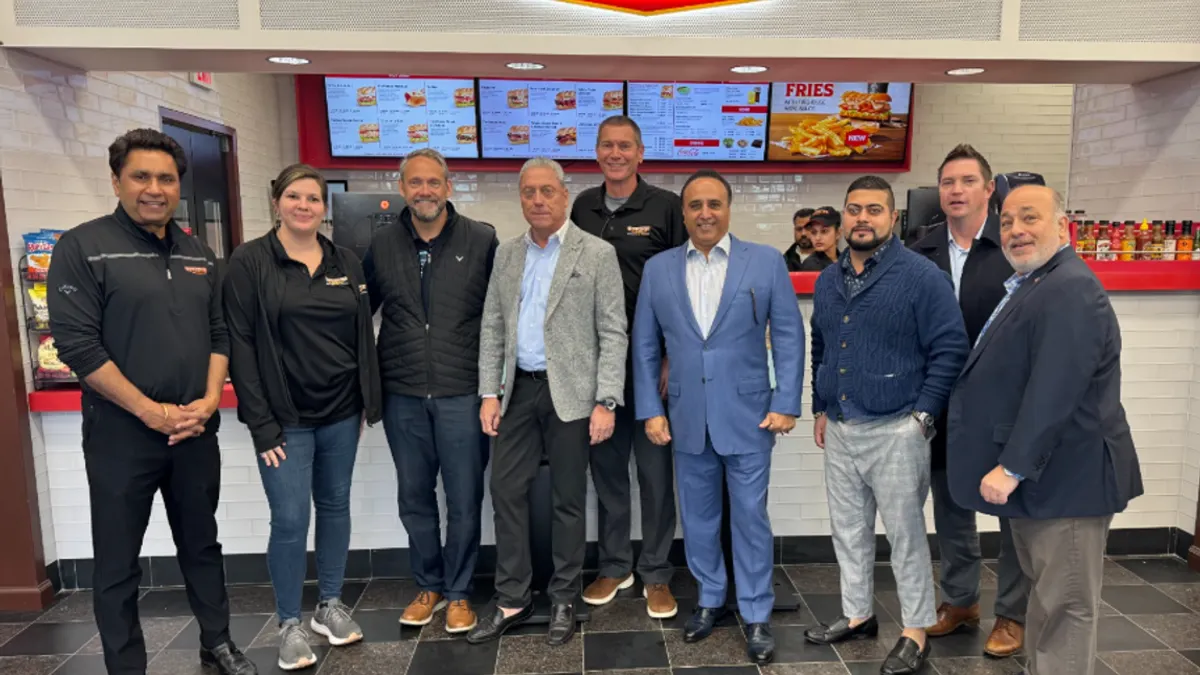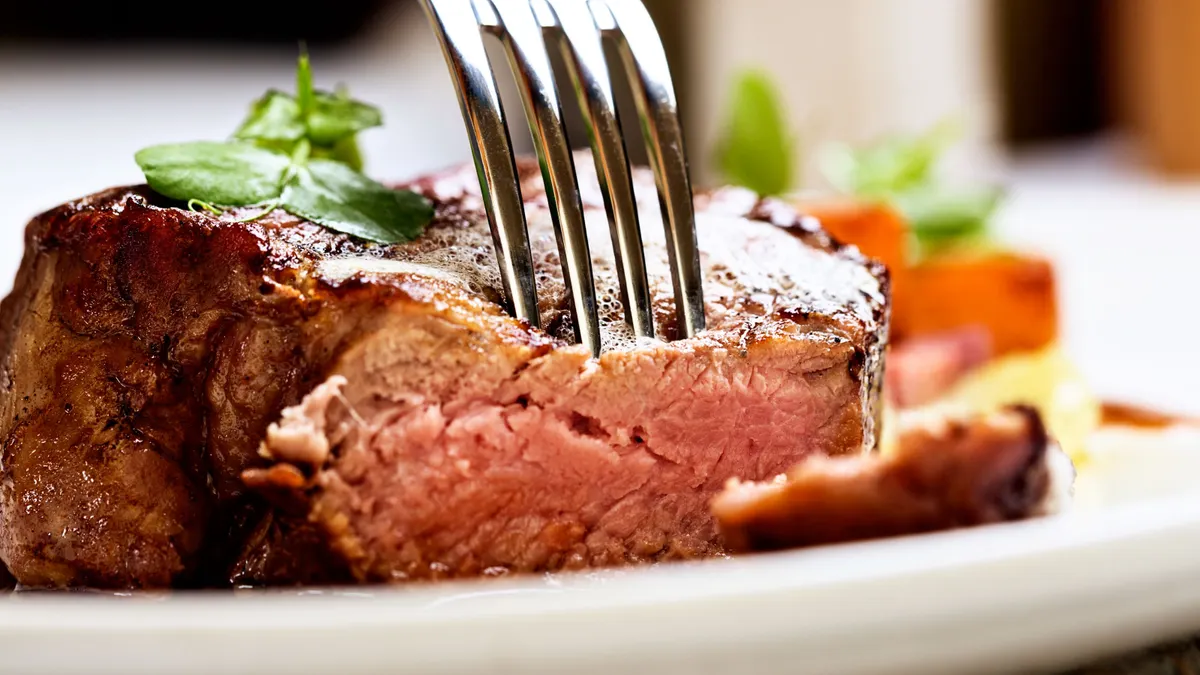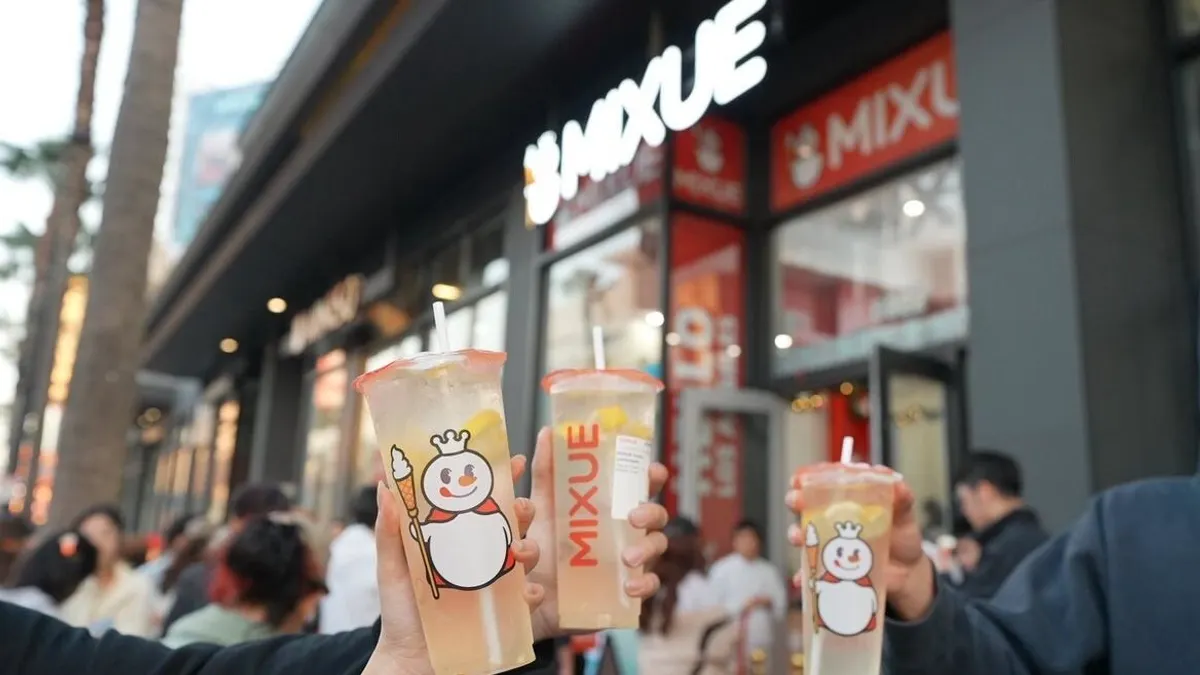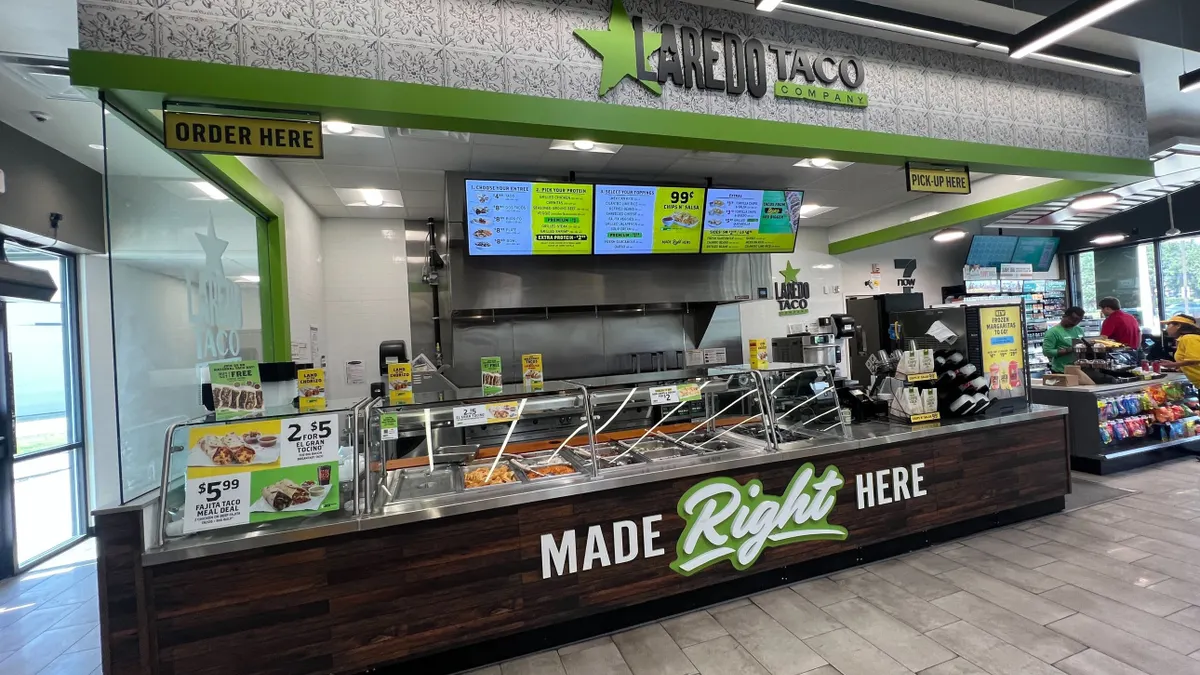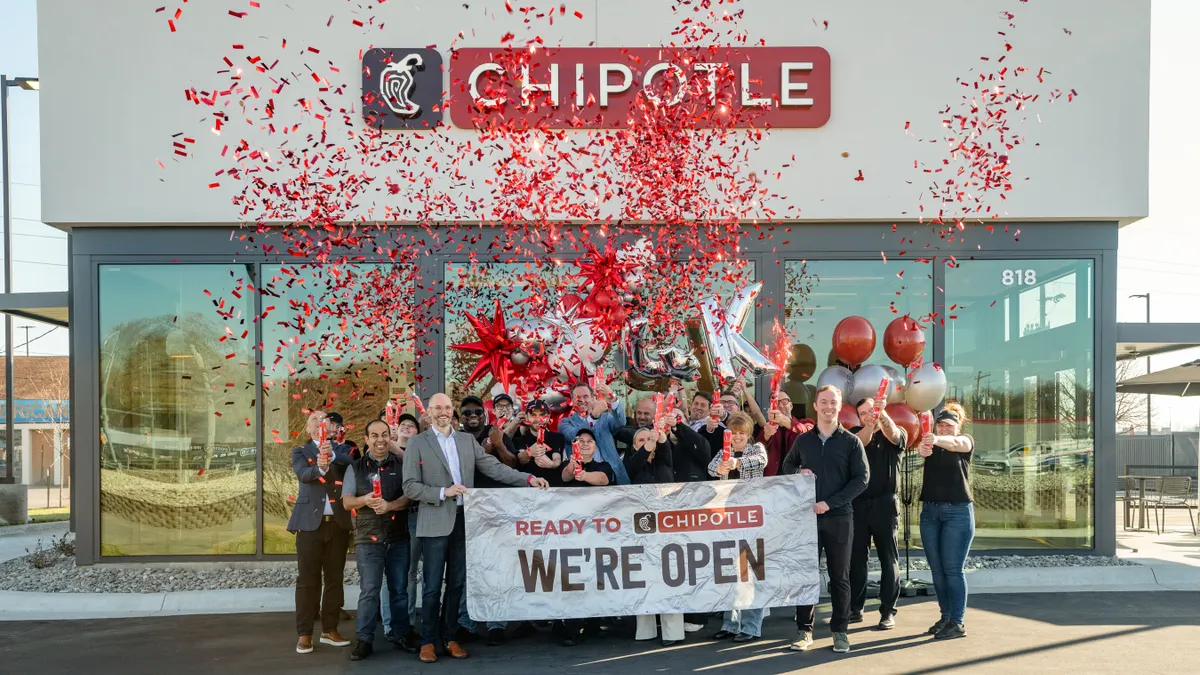The following is a guest post by Matt Scherer, a member of Littler Mendelson Robotics, Artificial Intelligence and Automation Industry Group; Jennifer Robinson, co-chair of Littler's hospitality industry group; and Daniella Adler, a member of Littler's hospitality practice group. Littler Mendelson focuses on representing management in employment, employee benefits, executive global mobility and labor law.
The artificial intelligence (AI) and robotics revolution has already begun, bringing automation to industries where human interaction has always played a central role. Employers in the restaurant industry are adopting AI for marketing, forecasting inventory needs and even predicting customer preferences. Restaurants have employed robots to deliver food and take orders. One restaurant in Boston, started by MIT robotics engineers, uses automated cooking pots and automated ingredient delivery to prepare food.
As AI and robotics enter the restaurant industry, businesses are becoming more savvy about the transformative potential of these technologies. Like all new technologies, however, they bear their own set of legal and public relations challenges. Any restaurant that aims to be on the cutting edge of the intersection of technology and service should consider both the opportunities and potential risks associated with AI and robotics.
Prepare for resistance
From the outset, attempts to automate may face considerable resistance. Unions, and to some extent the general public, have already begun demanding protections for workers should a company decide to adopt AI software or robotic technology that might eliminate jobs. For example, union workers in Las Vegas prepared for a strike against a casino that had implemented a robotic arm for preparing drinks, seeking advance notice in the event that the casino adopted further automation, as well as favorable severance packages and job retention policies for workers whose jobs were eliminated by new technology.
Restaurants looking to automate may also face resistance from their customers. Traditionally, the restaurant industry has been uniquely reliant on human interaction and customer service as cornerstones of its business model. Guests may react angrily if their favorite hostess or waiter is laid off. Similarly, the loss of the "human touch" may cause an establishment's loyal customers to feel less of a personal connection to it — customer apathy can be just as harmful to an establishment's bottom line as anger. We believe the best way to alleviate issues of customer loyalty is to get customer and employee buy-in supporting the changes. Some customers will be intrigued by technological advances; others will be alienated.
With new tech comes new legal considerations
Additional challenges lie ahead after a restaurant makes the decision to automate. One potential implication stems from robots and other automated systems that operate in the same physical space as human workers. Despite the increasing use of industrial robotics in the workplace, the federal Occupational Safety and Health Administration (OSHA) has not promulgated specific standards for the robotics industry. The most comprehensive on-point OSHA publication — OSHA’s Guidelines for Robotics Safety — was published more than 30 years ago. It will ultimately be incumbent on restaurants to train workers on how to safely interact with robots and convey relevant safety information to customers.
Privacy is another area of concern for restaurants and hospitality establishments. The sensors and cameras that feed data to automated systems may record sensitive information about guests and employees alike. Although the expectation of privacy in the workplace is less pronounced than it is in the home, restaurants that collect biometric data such as fingerprints — or collect other data using automated systems — could find themselves running afoul of state and local laws that restrict data collection and retention. Businesses should ensure compliance by consulting with attorneys who specialize in data privacy.
Making partnerships about the people
Restaurants thus should consider both legal challenges and public relations outcomes when considering whether and how to deploy new automated systems in the workplace. To help mitigate these risks, companies might consider partnering with employees and customers in adopting new technologies. Many automated systems do not replace human workers, but rather simplify those workers' jobs. Focusing on the benefits that AI and robotics provide to employees and customers, and not just the company, can foster collaboration and allow both employees and customers to feel more comfortable with technological changes. Companies can also establish training and internal placement programs that allow employees displaced by automation to assume new roles within the company. The type of training will vary based on the type of technology used, but a manufacturer or consultant may be able to provide such training to businesses that adopt new technologies.
The potential of advanced technology like robotics, AI and automation in the hospitality and restaurant industry, just as in any other industry, is bound only by the limits of the human imagination. The most effective way to adopt new technology is to proactively address the legal, public relations and employee relations ramifications.





